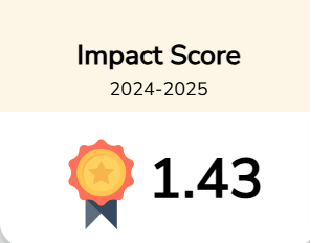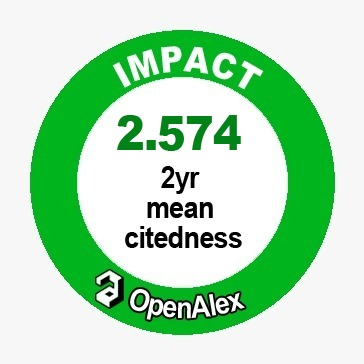Nature-Derived Flame Retardant for Cotton Fabrics and Bio Composite with Banana Peel
Downloads
Purpose: This study uses bio-coatings generated from banana peels and bio-composites manufactured from waste fabric to explore creating and assessing new flame-retardant materials.
Design/Methodology/Approach: Polyvinyl acetate (PVAc) was used as a binder with banana peels, a readily available organic waste, to create bio-composite materials and flame-retardant fabric (FRF) coating. The 45° Burning Test, BS 4790 Fire Test (Hot Nut Test), Direct Metal Heat (DMH) Test, Welding Spark Test, Direct Heat Test, and Chemical Resistance Testing (H2SO4) were among the tests used to evaluate the samples' fire retardancy.
Findings: During the 45-degree burning test, untreated cloth showed poor resistance, lighting after 23 seconds, whereas FRF required 93 seconds, and flame-retardant composite (FRC) demonstrated the best flame resistance, igniting after 315 seconds, followed by plywood at 245 seconds. Additionally, FRC showed outstanding fire resistance, endured exposure to strong sulfuric acid without suffering any harm, and remained unaffected for 600 seconds.
Conclusion: The overall findings show that, compared to untreated fabric and plywood, the bio-composites and bio-coated textiles demonstrated noticeably improved flame resistance. The bio-composites demonstrated outstanding performance with prolonged resistance to ignition and prolonged exposure to direct heat and chemical conditions, suggesting their potential as cost-effective and ecologically friendly alternatives to synthetic materials in fire safety applications.





